Fender Stratocaster 1962 Bob Dylan

Fender Stratocaster 1962 Bob Dylan
Guitars that once belonged to Bob Dylan are extremely rare on the market. It’s not because Dylan owned only a few—in fact, throughout his career he’s been seen with a wide range of instruments, from 1920s Martins to Yamahas. The true rarity lies in the man himself: a reclusive and mysterious figure who never gives interviews and has never indulged in auctioning off personal items. The few exceptions that do exist are therefore eagerly sought after by Dylan’s many devoted fans.
Among those rare instruments, this Strat holds a special place thanks to its fascinating backstory. This L-series guitar began its life in 1962 (making it one of the earliest L-series models) as a standard slabboard Strat, before Dylan had it refinished in silver sparkle by Fender in 1991. He then played it live on stage from 1991 to 1994. The guitar later found its way to Matt Umanov’s, the legendary guitar store in New York’s Greenwich Village, before moving on to its next owner.
The refinishing work is truly exceptional—and for good reason. It was done by J.W. Black, a Custom Shop master builder who trained at Sadowsky before joining Fender, where he worked on instruments for Jeff Beck, the Rolling Stones, and Eric Clapton. At the time, the Custom Shop was primarily focused on satisfying the needs of such elite clientele. The refinishing is even documented through the original Fender receipt included with the guitar. Also included is a certificate of authenticity signed by Cesar Diaz, another prominent figure in the guitar world of that era. After working with Stevie Ray Vaughan, Clapton, and the Stones, Diaz became a technician for Dylan’s band in 1986, and eventually Dylan’s own guitarist. It’s not every day you get the chance to play a Strat once owned by a Nobel Prize winner in Literature.
Bob Dylan
(1941)
Main guitar: Fender Stratocaster
Must-listen track: Like A Rolling Stone
Bob Dylan is more than a legend—he’s a visionary, a revolutionary prophet who took rock music and led it somewhere entirely new. Before him, popular music lyrics were expected to be simple and easily digestible by teenagers.
After Dylan, it became acceptable—even celebrated—to be profound and mysterious in songwriting, opening the door for an entire generation of poets who found inspiration in the fusion of rock and lyrical depth that Dylan pioneered. That journey eventually led to the Nobel Prize in Literature in 2017—no less.
Throughout his career, Robert Zimmerman (his real name) has constantly reinvented himself, adopting new personas in line with his ever-evolving inspirations. He began as a folk troubadour in New York’s Greenwich Village, with a self-titled debut album in 1962 heavily influenced by Woody Guthrie. A year later came *The Freewheelin’*, his classic folk album featuring powerful and timeless songs like *Blowin’ In The Wind*, *Masters Of War*, and *A Hard Rain’s A-Gonna Fall*.
But Dylan didn’t stop at being the expected protest singer. Uncomfortable as a figurehead, he morphed into a surrealist poet, surrounding himself with an electric rock band, including Mike Bloomfield on Telecaster. The iconic *Highway 61 Revisited* was released in 1965, followed by *Blonde On Blonde* in 1966—a country rock masterpiece recorded in Nashville with local musicians.
Dylan has lived through dozens of musical identities, always accompanied by exceptional guitarists (such as Mick Ronson and Robbie Robertson). Bob himself is far from a poor musician—he’s developed a formidable rhythmic style that, over the years, has been expressed through pre-war Martins, Gibson J-45s, J-200s, and L-0s, Telecasters, Stratocasters, Yamahas, Duesenbergs, and even James Trussart models. A true chameleon to the core.
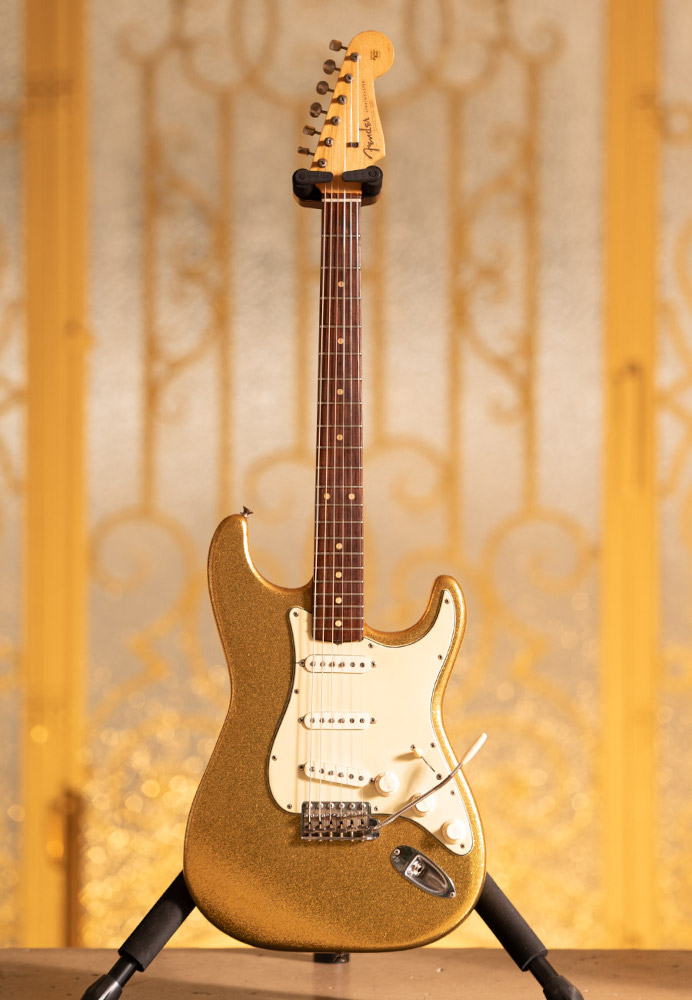
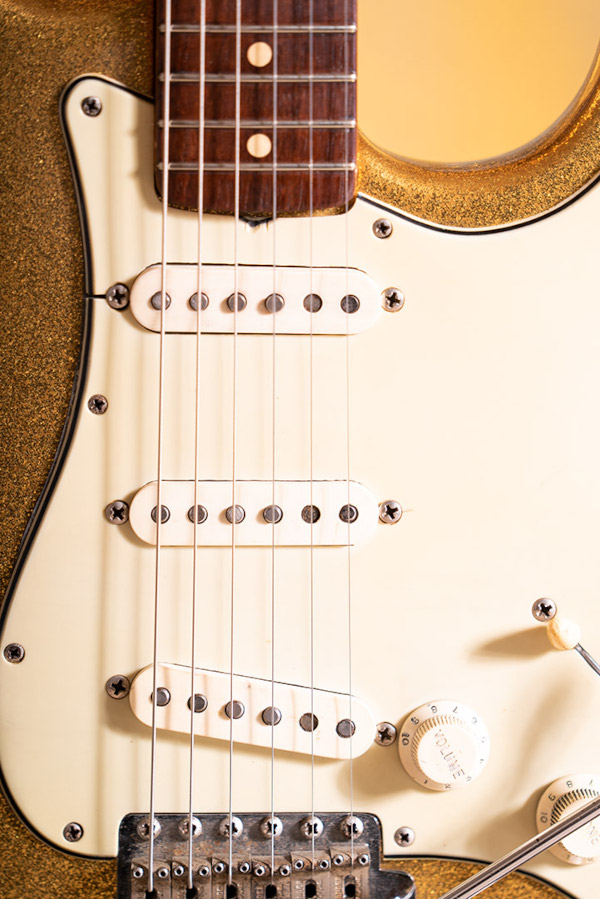
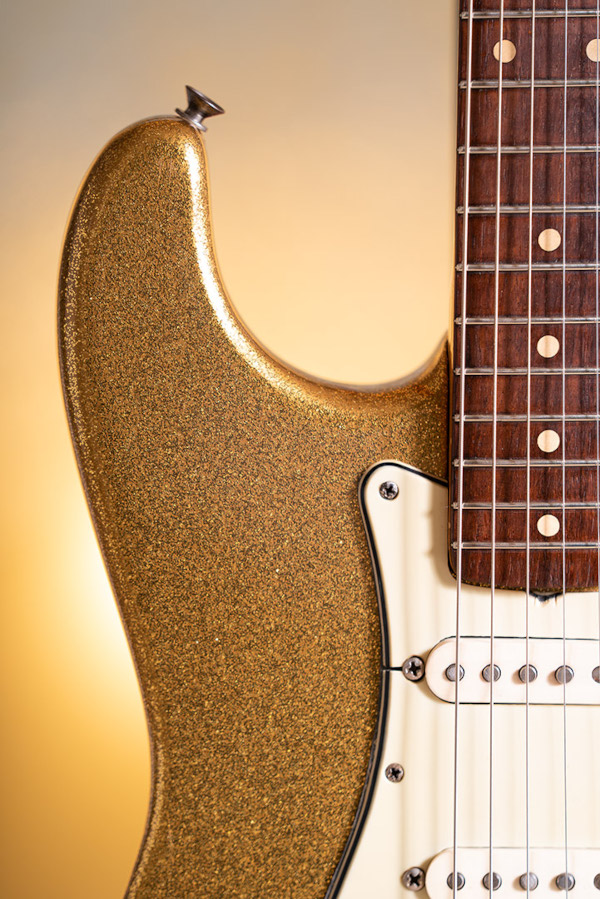
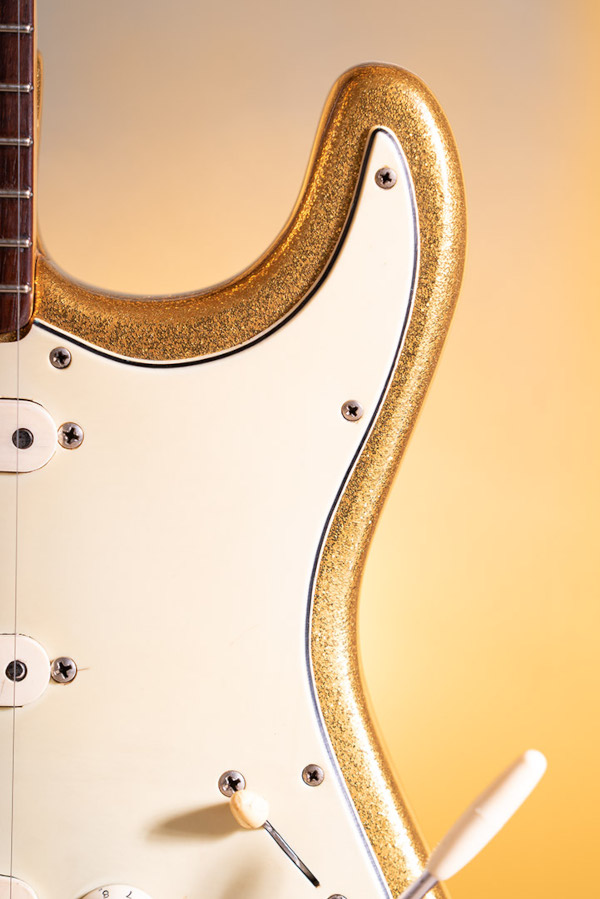
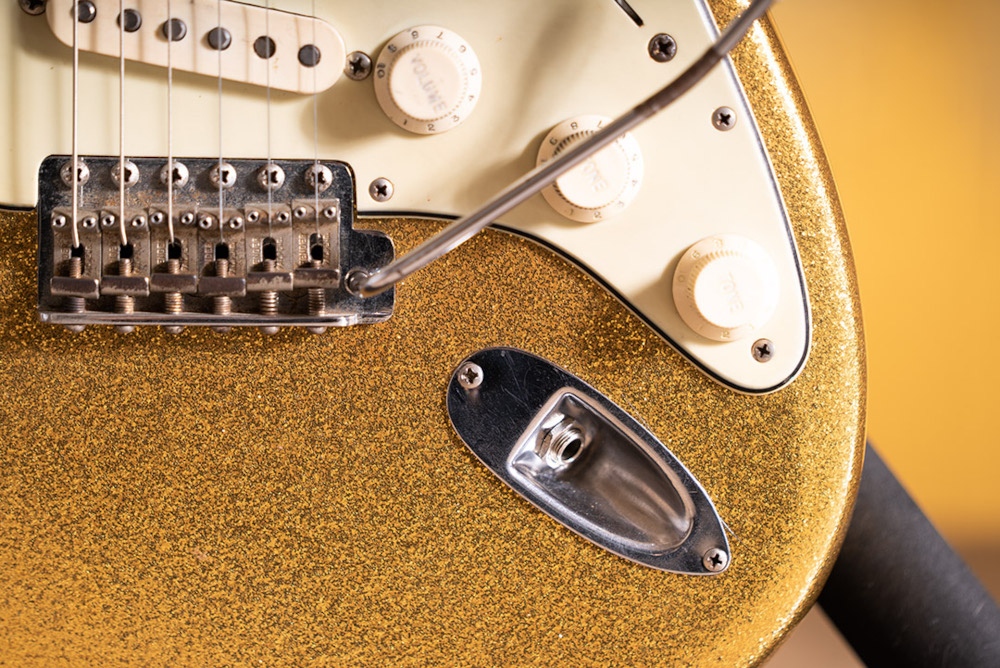
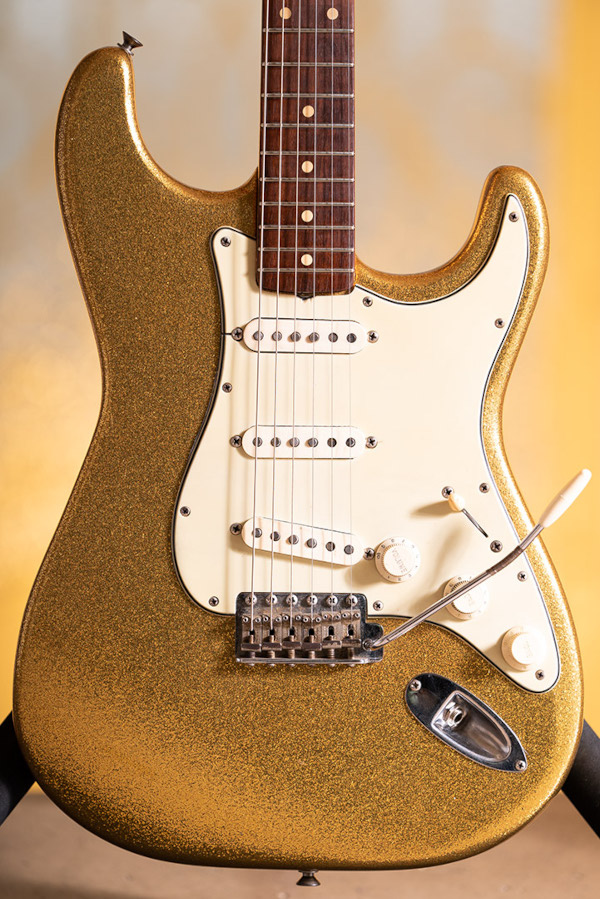
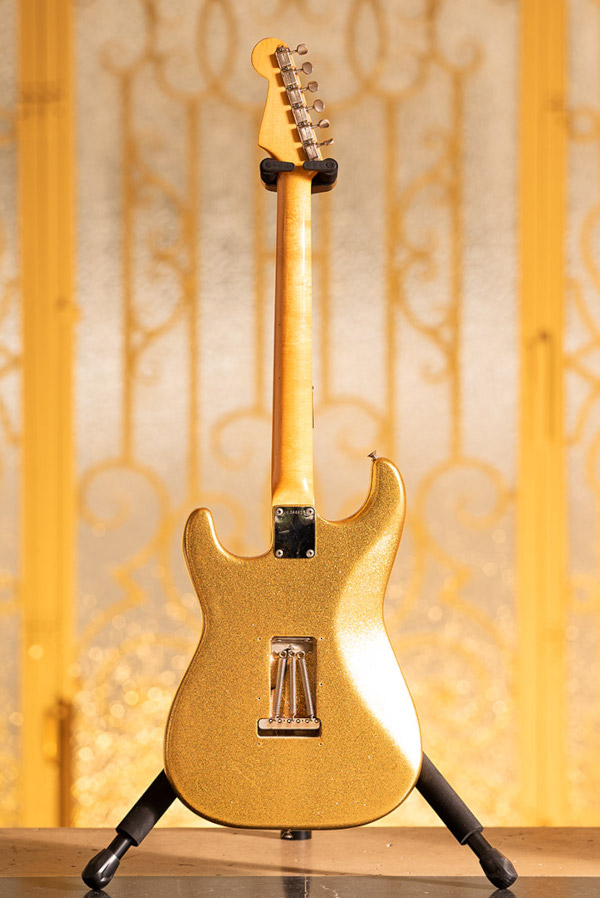
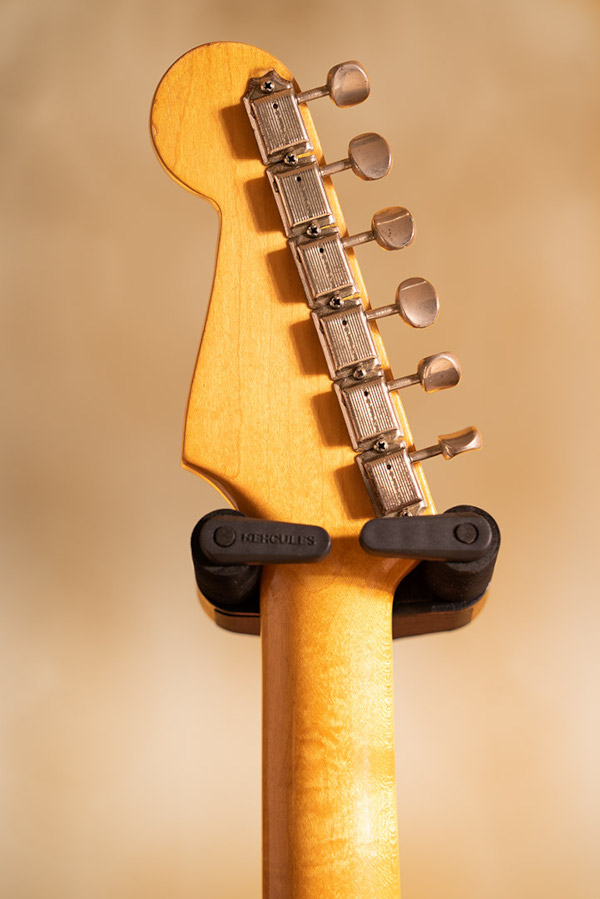
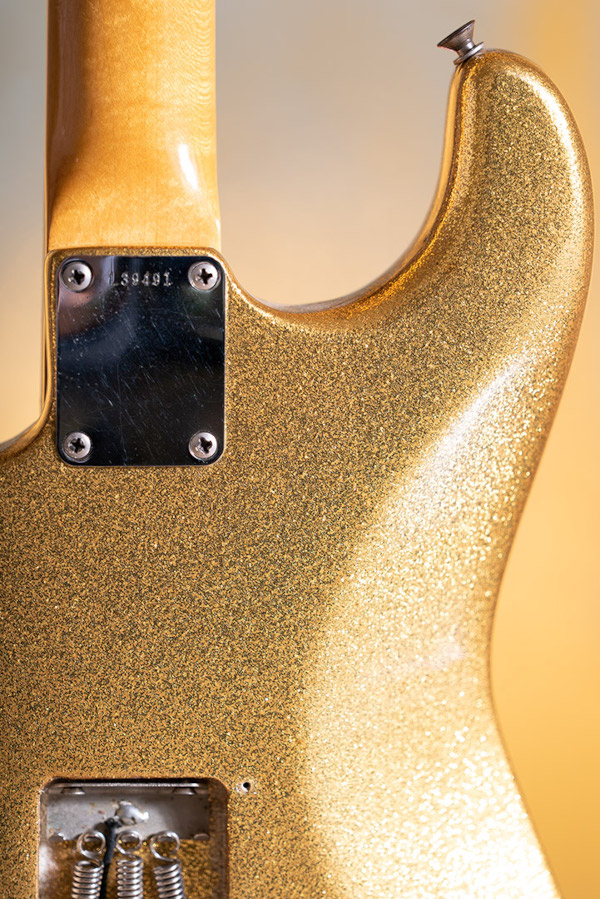
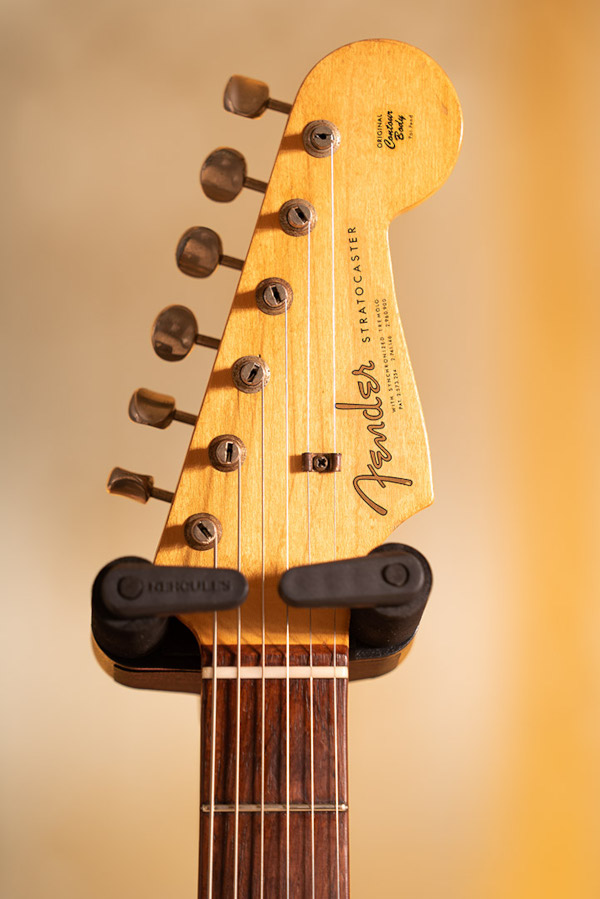
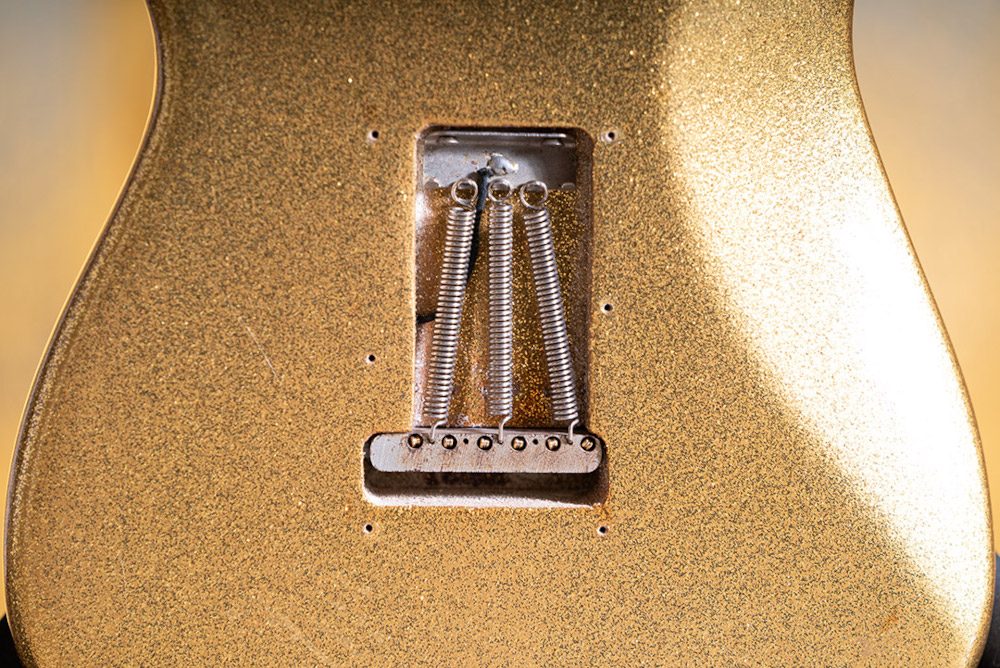
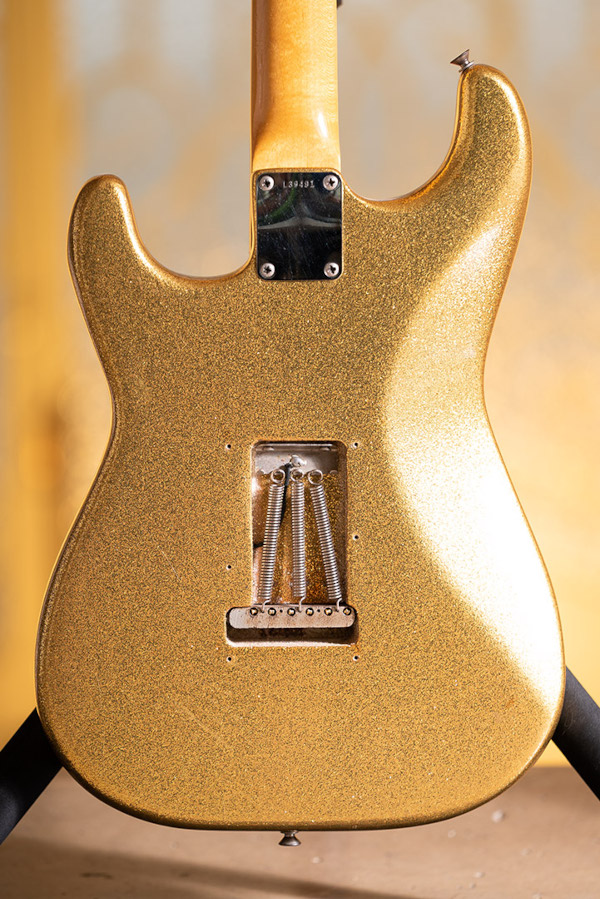
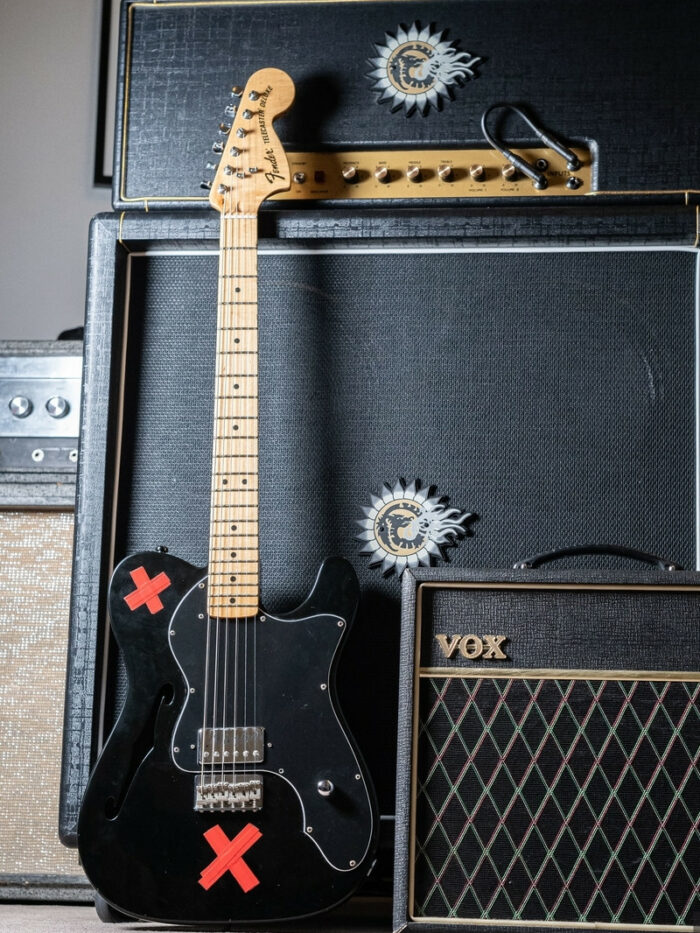

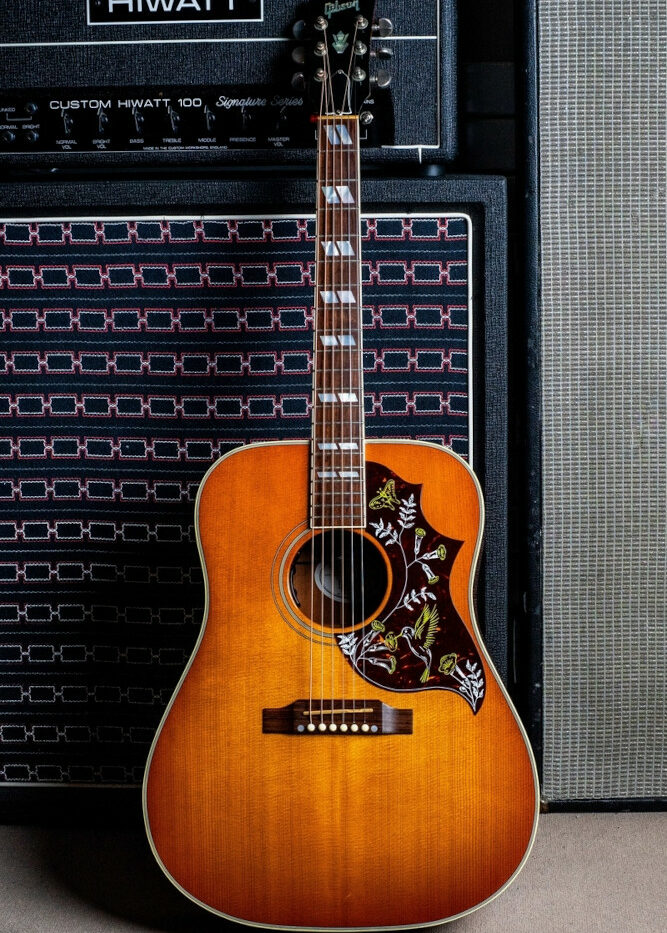

Reviews